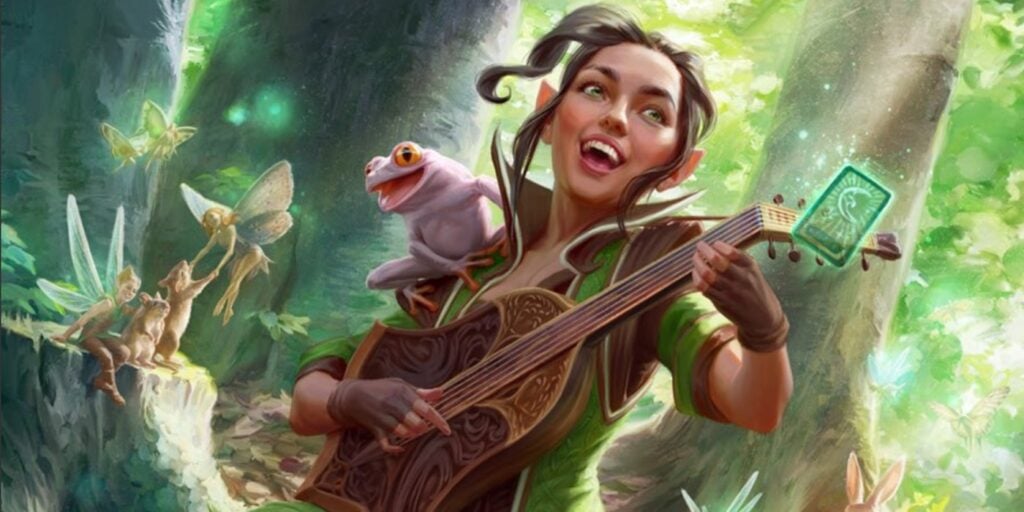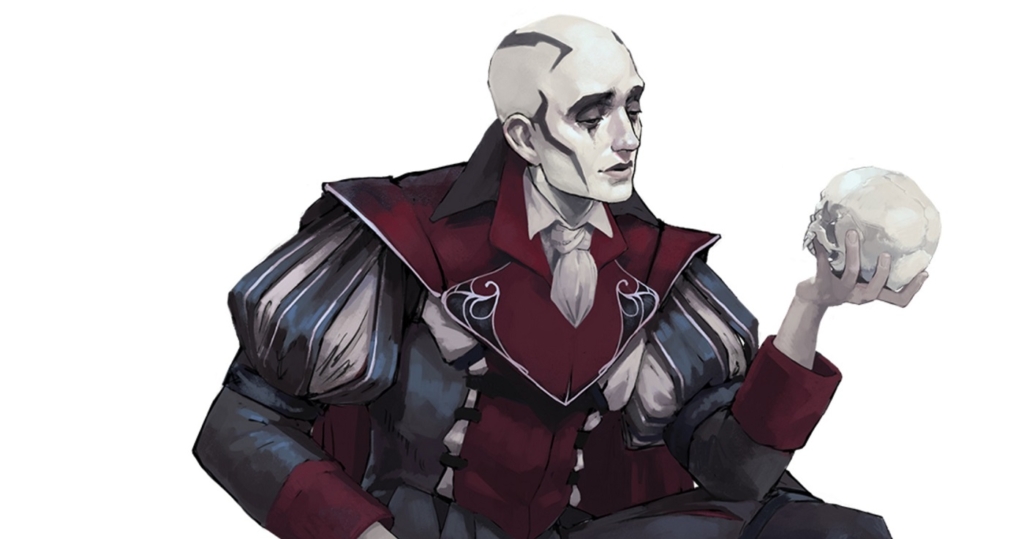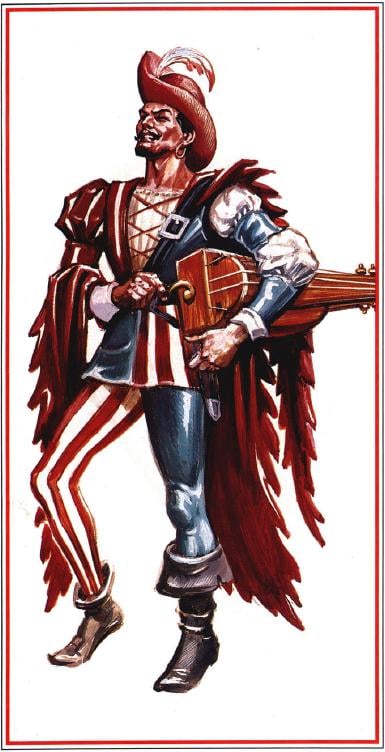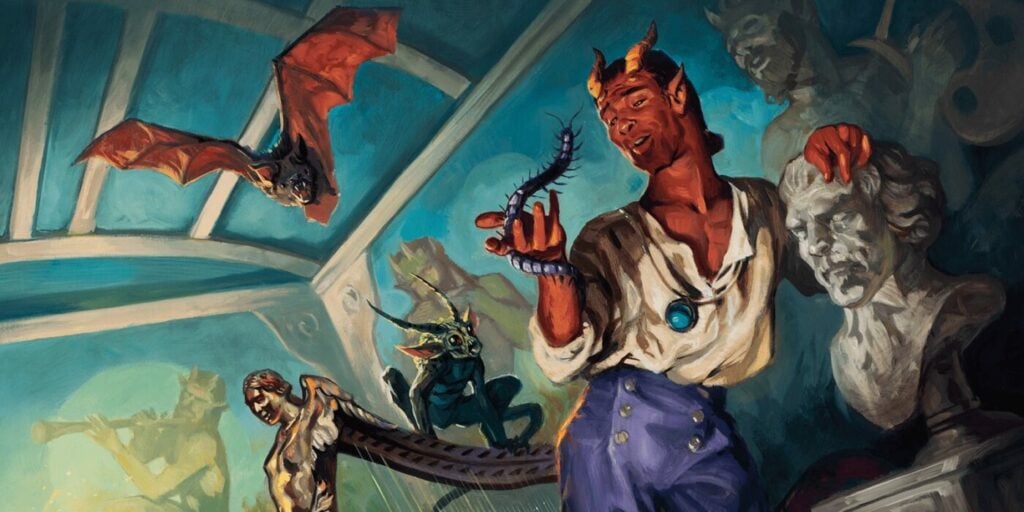D&D: The New Bard Got Inspiration From Every Spell List, It Seems Like
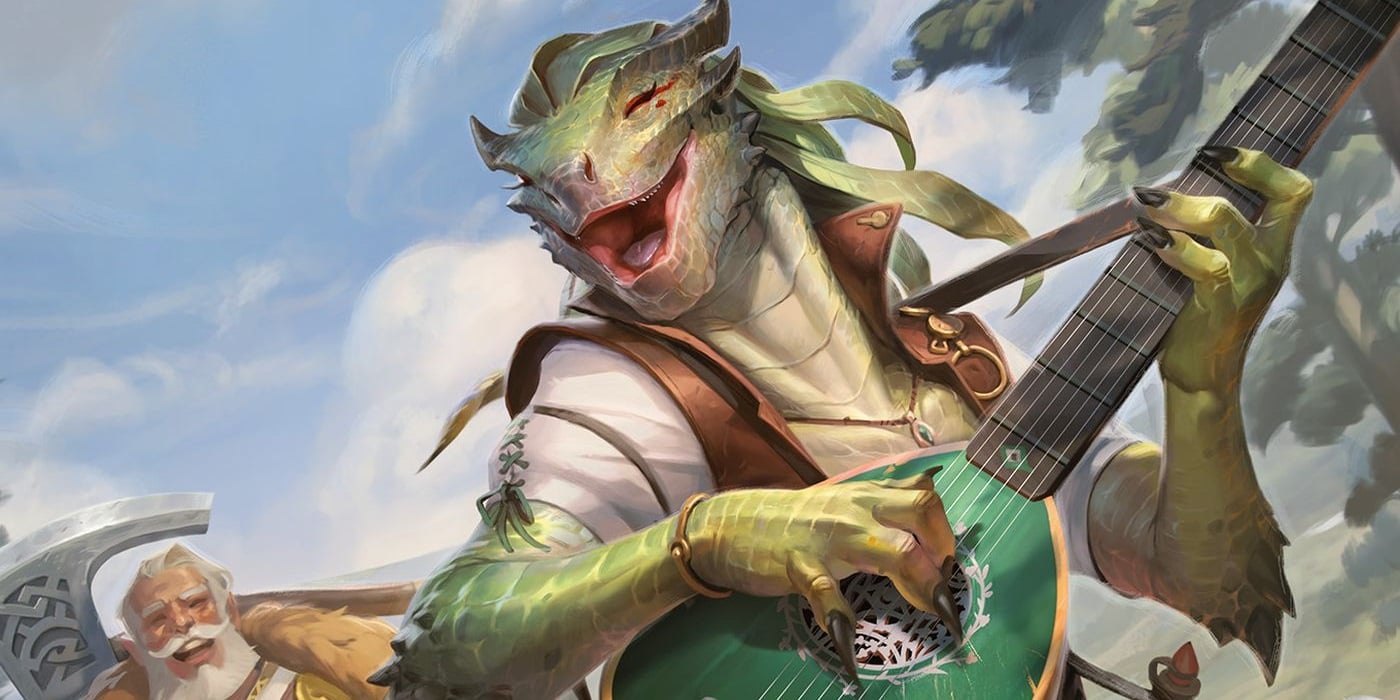
Bards have a lot of new tools to play with in the latest batch of playtest rules, including every spell list in the game.
Bards are jacks of all trades. Especially in the wake of the latest D&D Playtest Packet. While many of the classes got some attention, Bards bear some of the bigger changes. Including access to their choice of Arcane, Primal, and Divine Magic. At least until they get access to them all.
The latest iteration of Bards has them going all in on magical mastery. Bardic Inspiration has gotten a big change as well. Though it’s a big change that brings it back to what Bardic Inspiration used to be like. Because WotC can only take hesitant steps forward it seems. Still, this new Bard feels a little more refined. Let’s take a look.
Bards
Bards in the not-a-new edition of D&D have come a long way since 5E. Now, instead of learning magic through music, they’re all about the Words of Creation. The Words of Creation are all about the language of the cosmos. Theoretically, they helped create the multiverse.
This is the rationale for the biggest of the new Bard changes: Spellcasting. Because Bards try to capture the “Words of Creation” with their magic, they can choose what spells they decide to use. They choose whether to use Arcane, Divine, or Primal spells to start with. But there’s more, Bards also don’t have their spell preparation tied to the levels of their spell slots. So you could theoretically prepare six 2nd level spells, at 3rd-level, though that’s not necessarily the best idea.
Bardic Inspiration, as mentioned, works mostly as it does in vanilla 5E: you assign the die as a bonus action, not a reaction to a failed roll. But now, Bardic Inspiration works any time you fail an attack roll, skill check, or saving throw instead of before you make a roll.
At higher levels features like Font of Inspiration and Countercharm have been overhauled to be a little more user-friendly. But the biggest one is Magical Secrets at 10th level making the full spectrum of spell lists available to them.
Subclass Spectacular
Of course, where the real difference for Bards is, comes through in the shape of the new subclass designs. There are four all in all: College of Dance, College of Glamour, College of Lore, and College of Valor.
College of Dance is perhaps the most entertaining of the new subclasses. Through Dance, the Words of the Multiverse are seen in their truest form. And that makes for a surprisingly useful melee striking class. Dazzling Footwork does a lot of the work, allowing you to use your Charisma modifier as a bonus to Unarmored Defense. Agile Strikes lets you make an Unarmed Strike whenever you use Bardic Inspiration, whether giving it to someone or using it to fuel your features. Also, you can deal your Bardic Inspiration as extra damage when making an unarmed Strike.
They also get better Evasion and support benefits that make them a great anchor in a party. Meanwhile, the Glamour and Valor subclasses are largely the same as they were with some minor improvements. College of Lore needs a lot of work since most of its class features are made irrelevant by Bards hitting 10th level.
What do you think of the new Bard?

